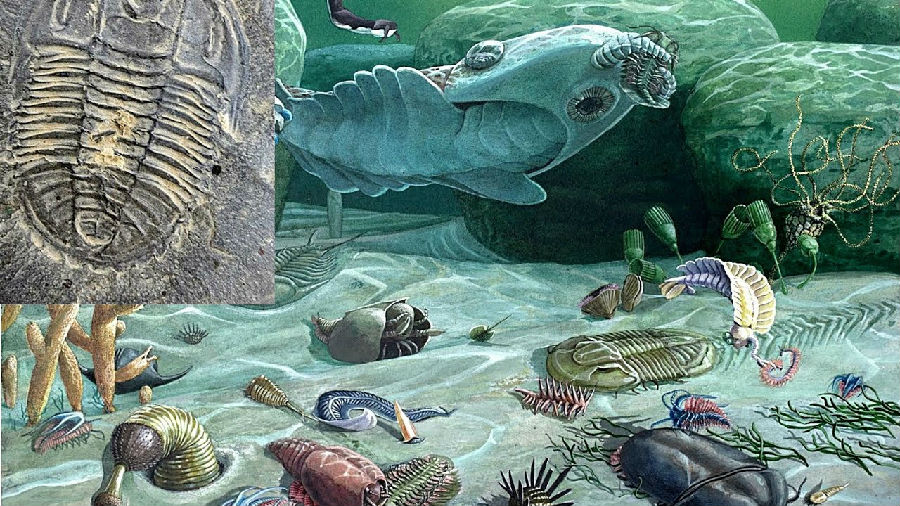"I have never encountered such s in a book by a professional," Fortey wrote later. "The casual reader of The Crucible of Creation, unaware of the history, would never gather that the author's views had once been close to (if not actually shared with) Gould's." When I asked Fortey about it, he said: "Well, it was very strange, quite shocking really, because Gould's portrayal of him had been so flattering. I could only assume that Simon was embarrassed. You know, science changes but books are permanent, and I suppose he regretted being so irremediably associated with views that he no longer altogether held. There was all that stuff about 'oh fuck, another phylum' and I expect he regretted being famous for that."

What happened was that the early Cambrian fossils began to undergo a period of critical reappraisal. Fortey and Derek Briggs—one of the other principals in Gould's book—used a method known as cladistics to compare the various Burgess fossils. In simple terms, cladistics consists of organizing organisms on the basis of shared features. Fortey gives as an example the idea of comparing a shrew and an elephant. If you considered the elephant's large size and striking trunk you might conclude that it could have little in common with a tiny, sniffing shrew. But if you compared both of them with a lizard, you would see that the elephant and shrew were in fact built to much the same plan. In essence, what Fortey is saying is that Gould saw elephants and shrews where they saw mammals.












